The 8 hills of Athens Greece are notable natural landmarks that can be seen from virtually all corners of the city. A lot of people don’t realise that Athens is a very hilly city in general (step aside San Francisco!)
But with that being said, the main hills of Athens are places that have notable ancient ruins, churches, or other points of interest at the top. You can hike up all of them on foot, and you can enjoy incredible panoramas of the Greek capital from the top of them.
The Acropolis with its magnificent Parthenon is perhaps the most famous of the 8 hills of Athens. Equally notable is perhaps Mount Lycabettus.
This is the hill opposite the Acropolis with a little whitewashed Chapel of st. George church that you can see from downtown Athens. Filopappou Hill is also a famous spot.
It has an ancient monument at the top dedicated to the Greek-Roman Commander Julius Antiochus Filopappos. But people like to come here because of the views you have from the Acropolis from the top. (And the great photo opportunities!)
This article on the 8 hills in Athens has been written by a Travel Writer living in Athens (me!) It provides background info on each of the city’s eight major hills, as well as some suggestions of other Athens landmarks and attractions to see nearby.
The 8 Major Hills of Athens
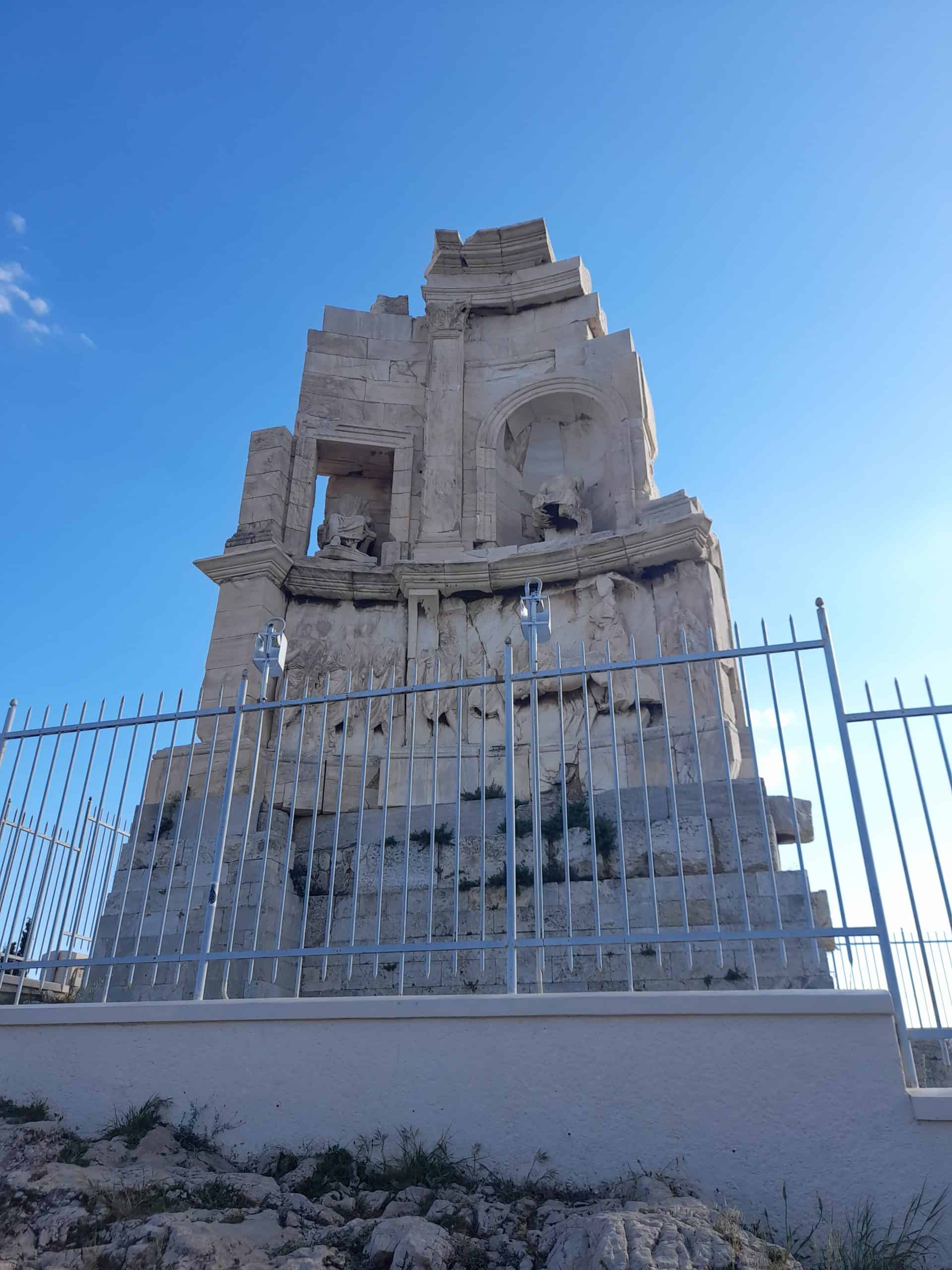
The 8 hills of Athens make for great urban hikes in Athens. All are located relatively close to Syntagma Square and Athens city centre.
The trails to the top of each one follow gradual ascents that are suitable for people of all ages and fitness levels. Lycabettus also has a funicular train that can get you to the top if you prefer not to walk. (You can also drive up).
They are very deserving of your time and attention during your Athens itinerary.
Acropolis Hill
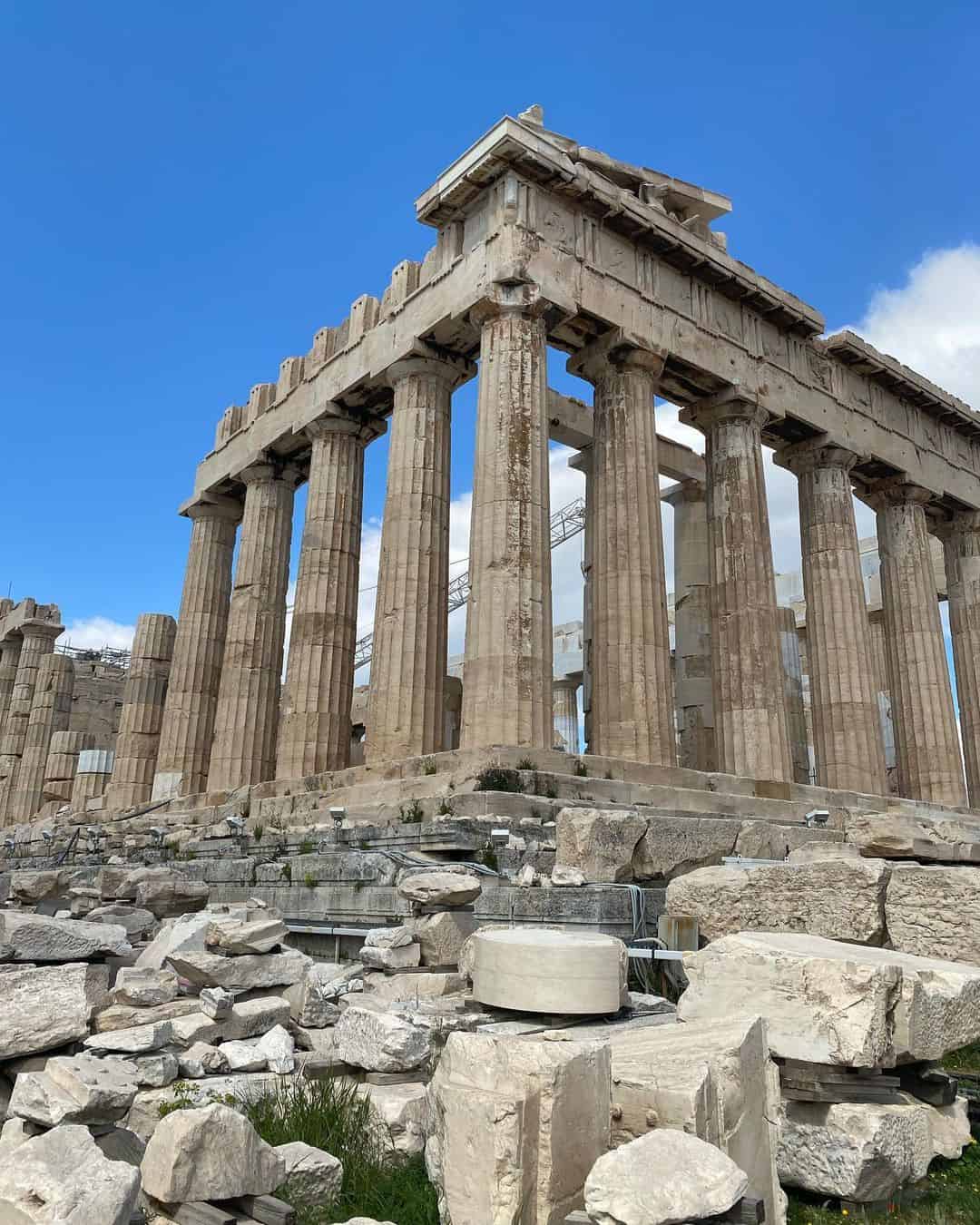
The Acropolis Hill is no doubt the most famous of the eight hills of Athens. At its peak, you will find the majestic Parthenon.
Once upon a time, almost all Greek cities had an Acropolis in their centre. Most were built for defensive purposes whereas the Athens Acropolis was predominantly built to worship the Goddess Athena.
It sits on top of a craggy bluff, watching over the city protectively as it has done for thousands of years. The Parthenon dates back to 460-430 BC.
It was built from white Pentelic marble quarried from the flanks of Mt. Pentelikon. For the last few years, the impressive structure has been constantly surrounded by scaffolding.
But that doesn’t make it any less impressive. The Acropolis site is larger than many realize and you need to dedicate at least 2-3 hours to exploring it.
The entrance to the complex is via a grand ceremonial gate known as the Propylaea. There are several smaller ancient archaeological sites, temples, and shrines scattered throughout the complex.
Notably, look out for the Pandroseion, the Erechtheion, and the Temple of Athena Nike. The Odeon of Herodes Atticus (161AD) is one of the “newer” constructions in the area.
It is a theater that the Roman Emperor built in dedication to his late wife. It is still used occasionally today for cultural performances and the Epidaurus festival.
The nearby Theatre of Dionysus was a spectacular 17,000-seater theatre named after Dionysus, the God of Drama. Admission to the Acropolis includes entrance to the nearby Acropolis museum – one of thebest museums in Athens.
Filopappou Hill
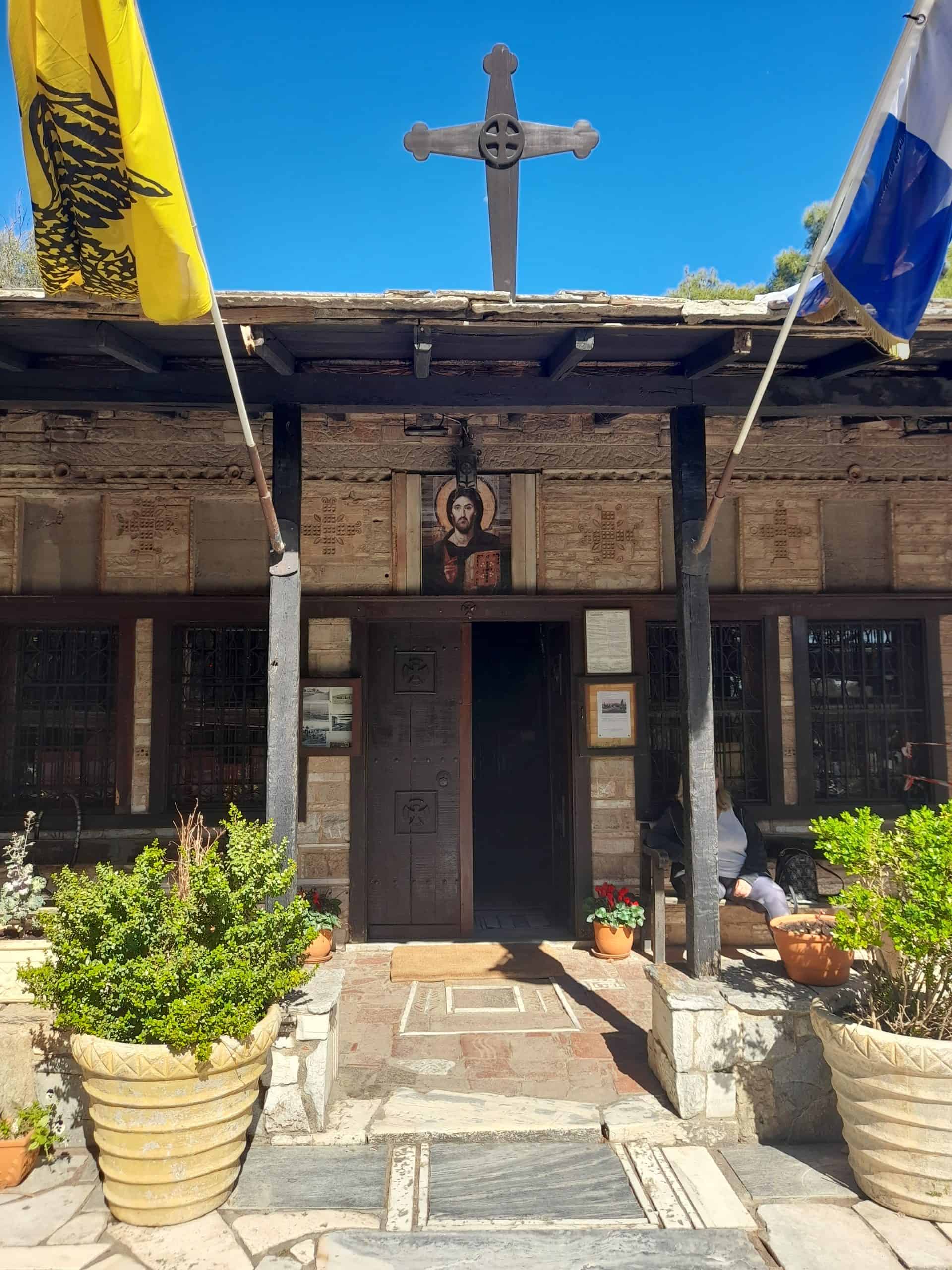
Filopappou Hill sits in Central Athens, a short walk from the Acropolis and Mars hill. It takes its name from the Filopappou monument situated at its peak.
The monument is an impressive carved stone structure dedicated to the Roman Commander Julius Antiochus Filopappos.
Commander Filopappos was one of the most prominent Ancient Greeks to ever exist within the Roman Empire. After his passing, in 115 BC, construction of the Filopappou funeral monument was ordered.
Filopappou himself was buried in a tomb on the hill.
The walk to the peak is pleasant and manageable for people of all ages and hiking abilities. A paved path leads you straight to the top from Filopappou’s entrance on Dionysiou Areopagitou.
Several other paths and trails veer off from the main route and are all equally worthy of exploration. One detour leads you to the hill of Pnyx, another to Socates’ prison, and another to the open-air theatre of Dora Stratou.
Cultural performances, Greek dances, and plays are often hosted at this theatre during the summer months.
When you enter the Filopappou site, look out for the little wooden church on your right. This is the 12th-century church of Agios Demetrios Loumbardiaris.
It may not be the oldest, but it is certainly one of the most charming churches in Athens. The small church has been created in a unique style.
Its courtyard is laden with bells hanging from trees and wooden gates in a manner more reminiscent of rural Japan than it is metropolitan Greece.
Ardittos Hill
Ardittos Hill sits adjacent to the spectacular marble Panathenaic Stadium. It is sandwiched between the districts of the Mets and Pangrati.
The hill received its name from Ardettus, an ancient Athenian whose role was to resolve and mediate disputes between Athens residents. The route to the top of Ardittos takes you along well-paved footpaths and through sections of lush green woodland.
From the top, you can enjoy a unique viewpoint of Athens. You have an almost birdseye view of the Panathenaic stadium beneath you, and a magnificent view out to central Athens and Lycabettus in the distance.
When your hike is through, head to one of the quirky local coffee shops in the Mets for a cappuccino and a slice of cake. Kain (Anapafseos 22) and Metz coffee (Mark. Mousourou 63) are local favourites.
Pnyx Hill
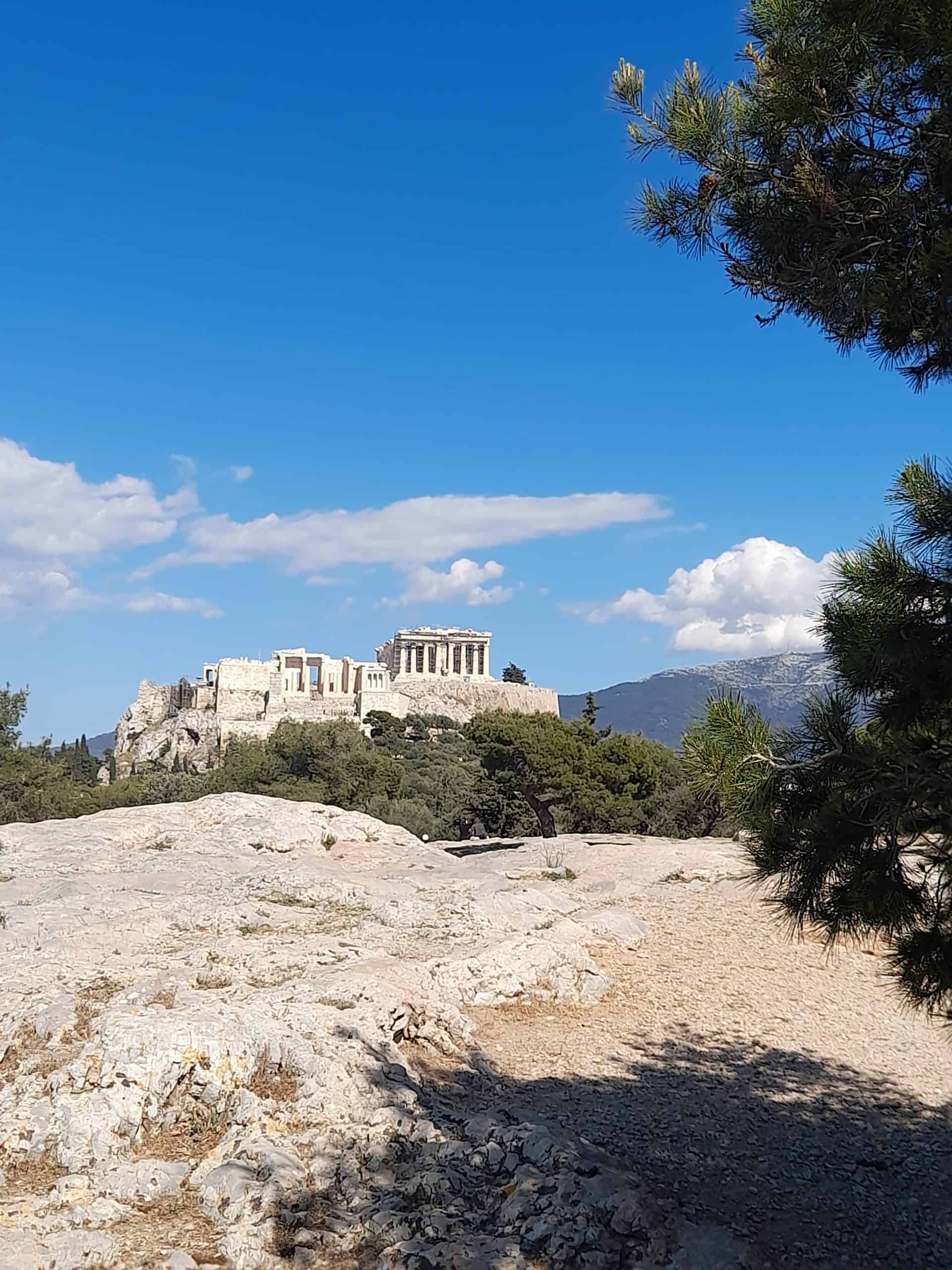
It is a well-known fact that Athens was the birthplace of democracy. However, a common misconception is that the place of its creation was the Acropolis of Athens.
Instead, it is the lesser-known Pnyx Hill that is considered by many as democracy’s birthplace.
It was here where renowned Greek orators such as Demosthenes would give speeches on civic issues. The assembly would meet here at least ten times a year to discuss, debate, and cast votes on issues such as building developments around the city, new legislature, and wars.
You can access Pnyx Hill from within the Filopappou Hill park area. Simply take a right turn from the main path when you see a signpost for “Pnyx”.
There is little to see at Pnyx Hill by way of ruins. A few sunbleached stones mark what remains of the “Diateichisma” – a 4th-century fortification wall.
You can also see the remains of the ‘bema’. This is the podium where the orators would stand.
So why travel to Pnyx hill? The Pnyx has some of the best views of the Acropolis that you can enjoy in Athens. This craggy bluff is situated directly opposite the Parthenon and it is pleasant to sit here among the olive trees with a picnic admiring the view.
Areopagus Hill
Areopagus Hill is a rocky bluff in Thissio that awaits on the popular pedestrianised street of Apostolou Pavlou. It is also sometimes referred to as “Mars Hill” or the “Hill of Ares”.
Today, the footpaths that lead through the trees around the circumference of the site are popular among dog walkers, or young Athenians sipping takeout coffee with their friends on their lunch breaks.
However, during the Classical Age, this was a place of significant importance. The hilltop acted as Areios Pagos, the high court of appeal in Athens, and many cases were tried there.
The hill also has links to Greek mythology. It is said that Ares, God of War, went on trial here accused of killing the son of Poseidon, God of the Sea.
The Olympian Gods descended from Mount Olympus and came to hear his story. This mythological story would go on to influence the hill’s real life purpose.
Today, unfortunately, nothing remains to indicate the hill’s past as a high court aside from a few carvings on the rocks. The main draw of coming here is for the incredible panoramic views over the Acropolis and the Ancient Agora.
It should be noted that it is a little tricky to get to the top as there is no set path and you have to clamber over some stones. Some of the rocks have become slippery after being weathered over time so be sure to wear appropriate footwear with a good grip.
Lycabettus Hill
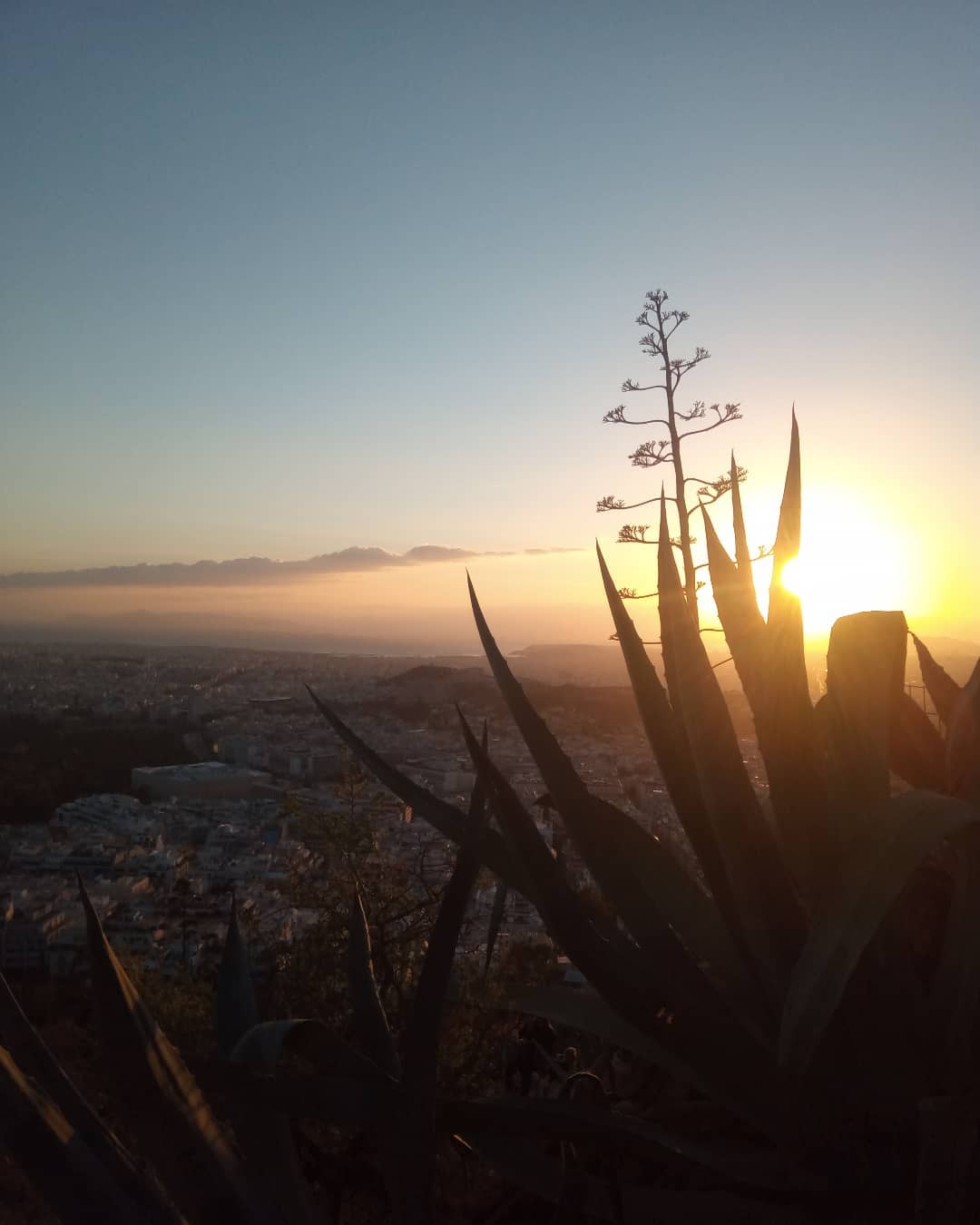
Mount Lycabettus is one of the most touristic hills of Athens. The quaint little whitewashed church of Agios Georgios awaits at the top.
So too, does an upscale restaurant and coffee shop with some of the best views in the city.
Lycabettus is often referred to as “Mount Lycabettus” which is misleading. This is not a mountain after all.
It is a Cretaceous limestone hill that sits 300 meters above sea level. According to local legend, the hill was formed when the Goddess Athena dropped a rock that she was carrying over Athens.
On a clear day, you can see all the way out to Piraeus and the Saronic Gulf from its peak.
Today, Lycabettus hill is filled with dense pine trees and fragrant flower gardens. The ascent to the top isn’t overly challenging. However, it can be a little grueling in the Greek summer heat.
If you are not travelling out of season, try to arrive at Lycabettus in the morning or just before sunset. At this time, the view is particularly special.
You can witness Athens at the golden hour before the city is gradually illuminated by thousands of twinkling lights.
If you do not wish to walk, rest assured, the funicular railway to the top can be found on Aristippou street, in upscale Kolonaki.
The Hill of the Nymphs
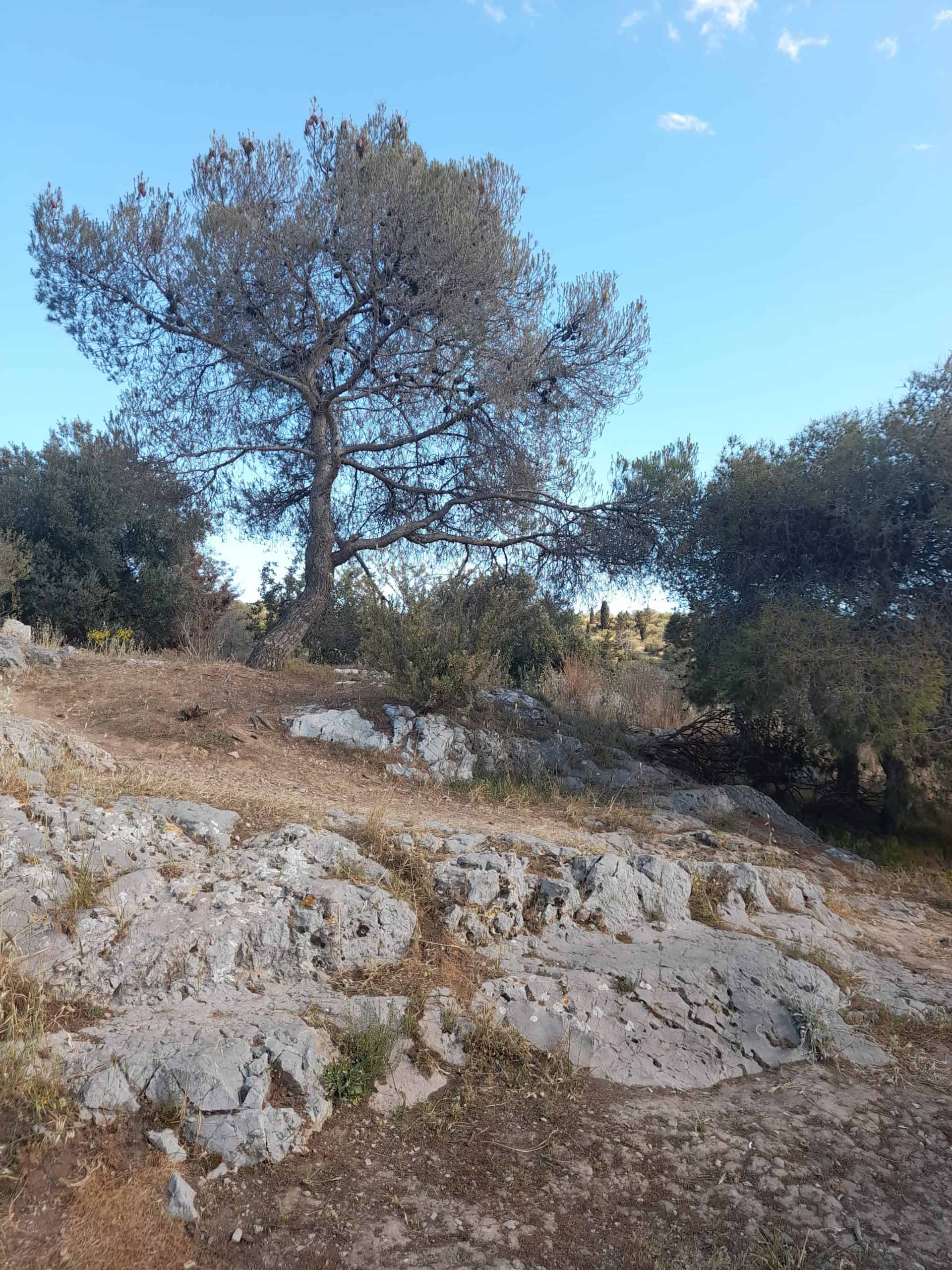
The pine-covered Hill of the Nymphs is one of the smallest of the hills of Athens. It is just 100m in height and is connected to Philopappos Hill and the Pnyx by a walking path.
It can be difficult to see precisely where the Filopappos site ends and where the hill of the Nymphs begins. The hill is seldom crowded and is characterised by lush greenery and dense woodland.
Here, you forget you are in the midst of one of Europe’s largest cities!
Athenians mostly come here for exercise. Yet like the other hills that surround it, the Hill of the Nymphs also provides spectacular city panoramas and viewpoints.
The National Observatory of Athens can be found here. From here you can gaze up at the night sky via a Doridis telescope – something that is particularly impressive on a clear summer’s night.
Tourkovounia
Tourkovounia is a hill in one of the northern neighbourhoods of Athens. Centuries ago, it went by the name of Anchesmos hill.
In the 3rd century AD, it was renamed Lycovounia, before being renamed once again, to Tourkovounia, during the Ottoman occupation.
The hill is situated in Nea Ionia and to be frank, you are not likely to visit here unless you are staying in the area.
However, that is not to say that Tourkovounia is not worthy of your time if your schedule permits. Like the other hills of Athens, there are breathtaking views to be enjoyed at its peak.
From way out here in the northern suburbs, you get a feel for just how expansive and sprawling the Greek capital really is.
Tourkovounia is more of a “local” place where residents of the nearby neighbourhoods come to walk or jog. There is an excellent coffee shop here, an outdoor cinema that plays movies about Greece in the summer, and a children’s playground.
Final thoughts on the 8 hills of Athens
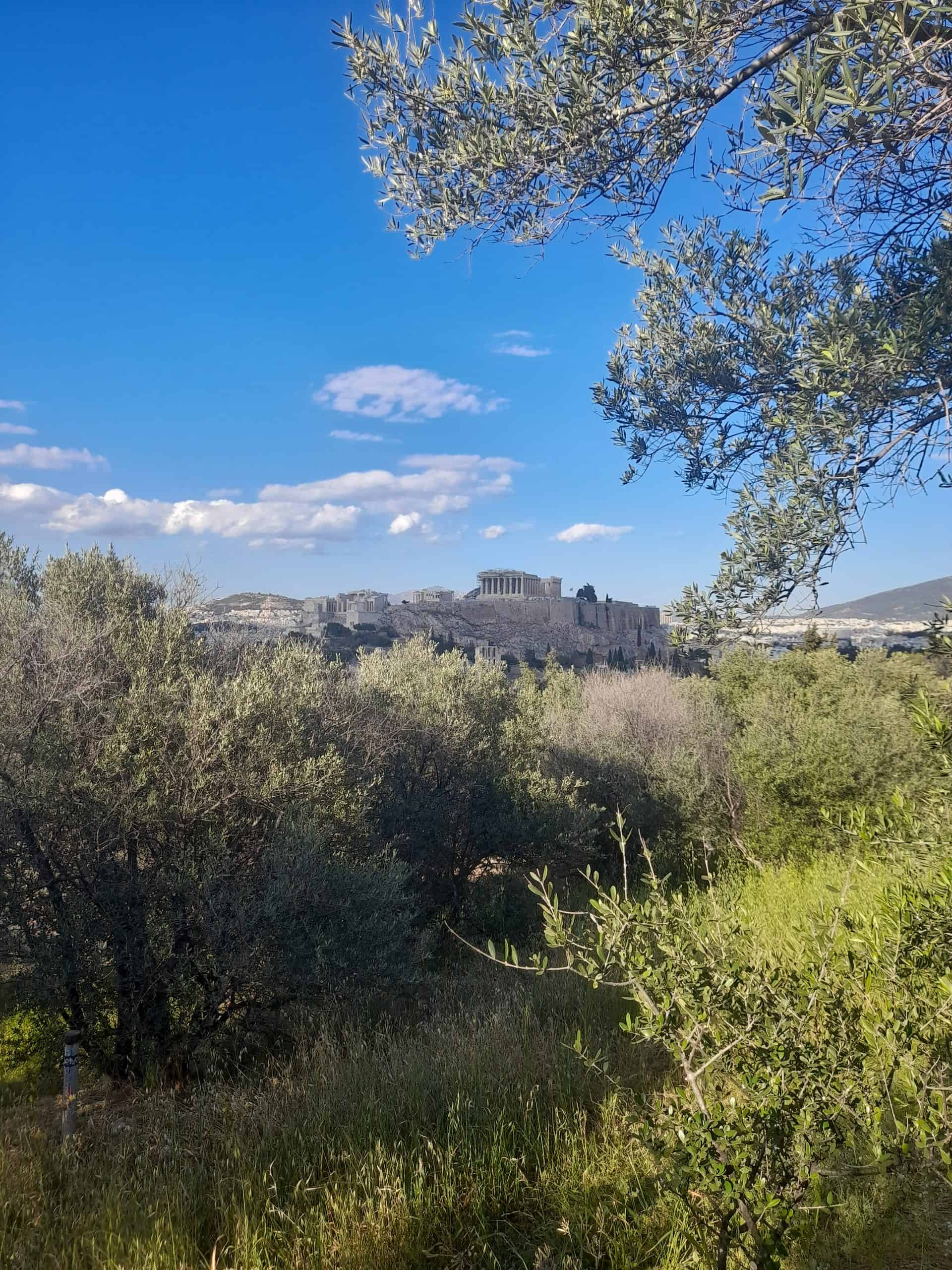
Do you have any additional thoughts or queries about planning your trip to Greece? I have lived in Pagrati in the center of Athens since 2017.
Please don’t hesitate to reach out to me if you need anything.
Safe travels. Geia sou!

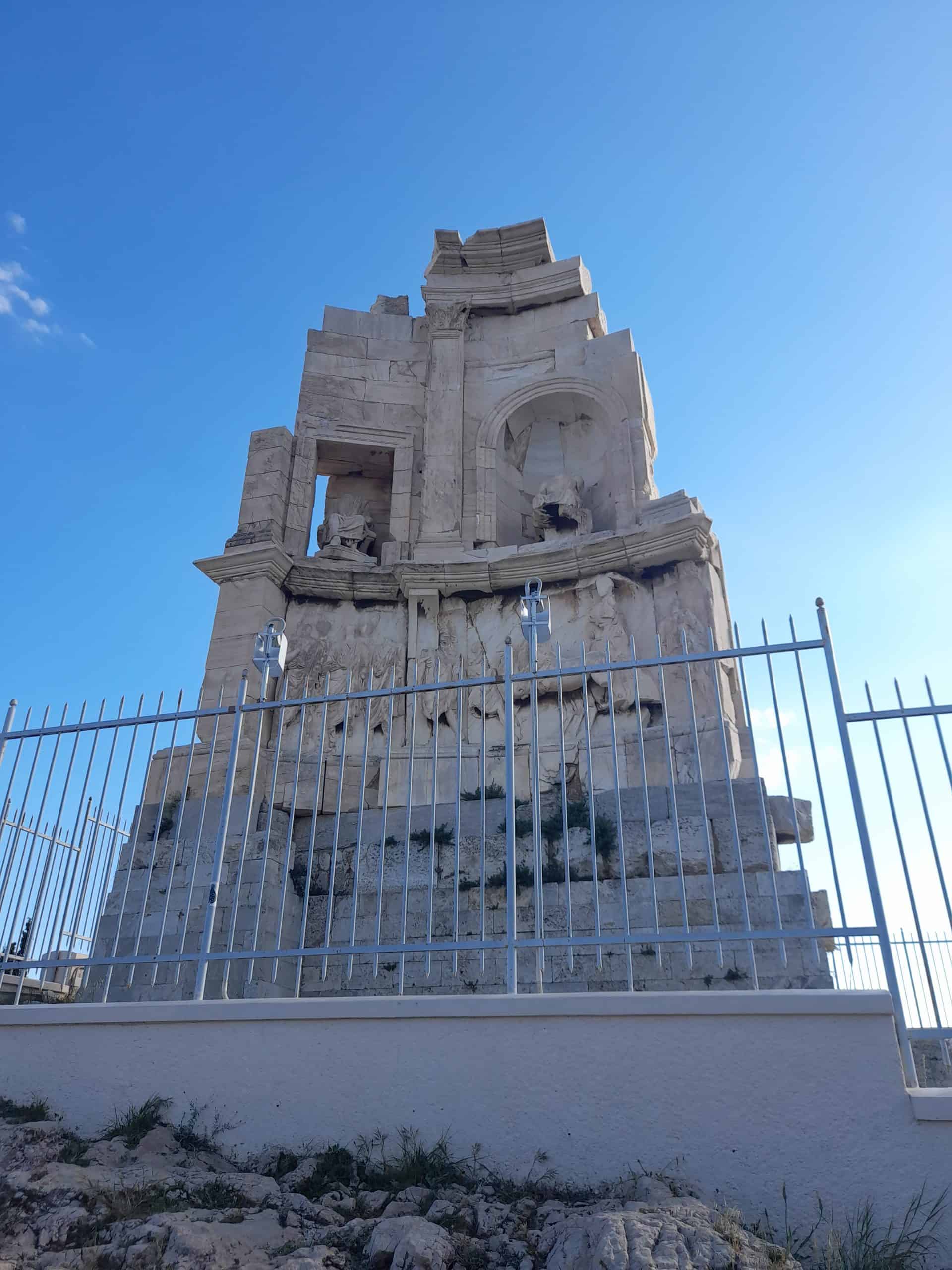

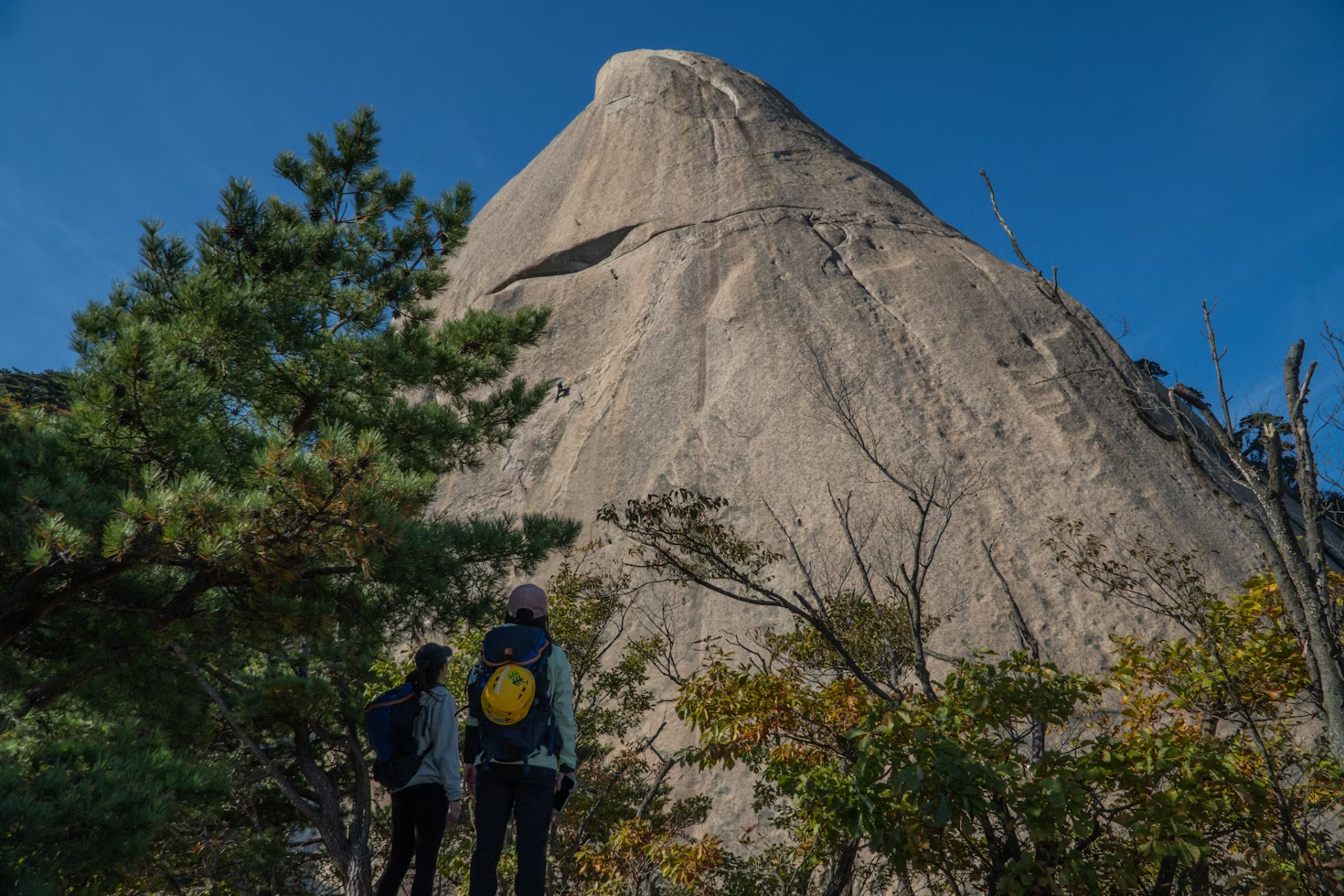


1 Response
Do you go to North Evia at all? Greece’s second largest island is a great place to visit, to hike, to swim.. Huge variety of landscapes, and virtually no tourists. Skyros and other visits easily made. Just wondering what you think.